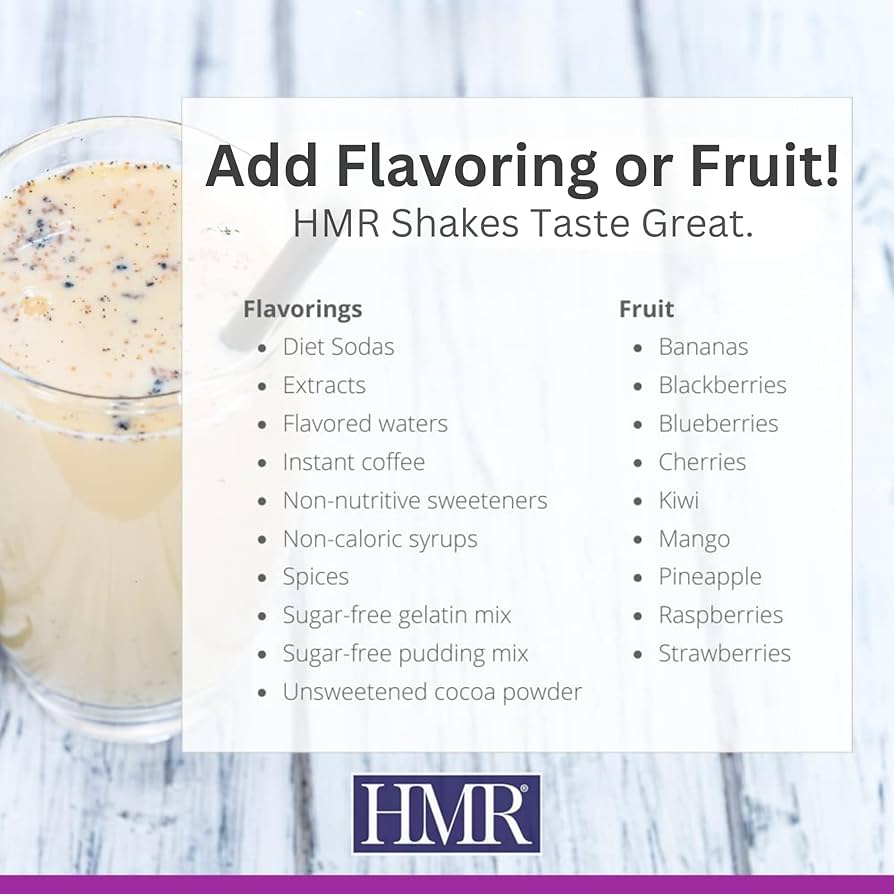
Smart Ways to Optimize Your Mechanical Diet in 2025
The mechanical diet, designed for individuals with chewing or swallowing difficulties, plays a pivotal role in ensuring proper nutrition while accommodating specific dietary needs. In 2025, the focus on optimizing this dietary approach has become more relevant as awareness of dysphagia and related issues grows. This article explores the benefits of a mechanical diet, guidelines for effective meal planning, and strategies to enhance the dining experience for those on such diets.
This mechanical diet encompasses various dietary modifications suited for individuals recovering from surgeries or managing conditions like gastrointestinal disorders, dental issues, or swallowing difficulties. In this guide, we will provide insights on meal prep, food lists, and innovative ways to implement soft and pureed foods. Furthermore, we will highlight challenges faced and offer practical solutions to help maintain a nutritious and satisfying diet.
By the end of this article, you'll have a comprehensive understanding of how to optimize a mechanical diet, discover easy-to-eat foods, and implement adaptive strategies to ensure a fulfilling eating experience. Whether you're preparing meals for elderly care, managing nutrition for cancer patients, or looking for creative solutions, these insights will support your journey towards better nutrition.
Essential Guidelines for Following a Mechanical Diet
Building on the importance of understanding what constitutes a mechanical diet, the following guidelines are crucial for ensuring nutritional adequacy and safety. These recommendations will empower users to efficiently adhere to their dietary needs while enjoying flavorful meals.
Understanding Mechanical Diet Restrictions
Mechanical diet restrictions primarily focus on texture modifications that safely accommodate chewing and swallowing capabilities. Foods must be soft, easily manageable, and free of challenging textures. This includes avoiding hard, crunchy, or fibrous foods, which can pose choking hazards.
Examples of suitable foods include pureed vegetables, soft fruits, ground meats, and well-cooked grains, ensuring they provide essential nutrients while remaining easy to consume. Keeping hydration in mind is vital, as individuals on a mechanical diet may struggle with fluid intake. Smoothies, protein shakes, and soups can boost hydration while delivering nutrients.
Benefits of a Mechanical Diet
A mechanical diet is not solely about managing dietary restrictions; it benefits overall nutrition, especially for those facing challenges due to medical conditions. It provides essential nutrients, which are particularly important for the elderly, cancer patients, or those recovering from surgery.
Additionally, a well-structured mechanical diet can help minimize the risk of aspiration, foster social interactions by making dining experiences more enjoyable, and enhance overall quality of life. Ensuring proper nutrient intake aids recovery and supports individual health in a supportive environment.
Meal Planning for a Mechanical Diet
Effective meal planning is imperative for individuals on a mechanical diet. This process begins with creating a list of approved, easy-to-eat foods tailored to personal preferences and nutritional requirements. Incorporating a variety of foods ensures a balance of carbohydrates, proteins, and healthy fats, thereby meeting daily nutritional goals.
When constructing meal plans, consider easy recipes that utilize pureed foods and avoid repetitive meals. Introducing diverse flavors and textures helps maintain enthusiasm for the diet and supports psychological well-being. For instance, enrich pureed dishes with herbs and spices to elevate meal satisfaction.
Effective Nutrition Strategies for Mechanical Diets
With the fundamentals of a mechanical diet established, we can delve into more advanced strategies to optimize nutrition while following this dietary approach. These strategies enhance meal satisfaction and boost health outcomes.
Integrating High-Protein and Low-Fiber Options
High-protein foods are essential for muscle maintenance and recovery, particularly in individuals with higher protein needs. Incorporating protein shakes, ground meats, and dairy products can effectively elevate protein intake while remaining compliant with mechanical diet guidelines.
Simultaneously, it is important to monitor fiber intake when creating a low-fiber mechanical diet. Soft-cooked vegetables and fruits provide necessary nutrients without the risk of obstruction. Always consult healthcare providers or licensed dietitians for personalized recommendations.
Meal Prep and Cooking Techniques
Understanding cooking techniques that suit a mechanical diet is key. Blending, pureeing, and mashing are effective methods to modify food textures. Using quality equipment like blenders or food processors simplifies this process, granting caregivers the ability to create appealing meals.
Additionally, applying sauces or gravies can enhance sensory appeal and prevent dishes from feeling monotonous. Home-cooked meals can also be customized to meet dietary needs and preferences of individuals on a mechanical diet.
Addressing Nutritional Challenges of Mechanical Diets
Transitioning to a mechanical diet may introduce various challenges that need strategic solutions. Recognizing these hurdles helps individuals navigate their dietary restrictions while encouraging adherence and maintaining wellbeing.
Hydration Strategies on Mechanical Diet
Hydration remains a critical aspect of managing any diet, particularly mechanical diets. Individuals may find it challenging to consume sufficient liquids due to restrictions on certain beverages. Creative approaches such as infusing drinks with flavor or incorporating hydrating foods like soggy sponge cakes or blended soups can help improve hydration.
Monitoring hydration levels regularly and utilizing nutritional supplements, if needed, can provide added support. Ensuring access to liquids that are safe and enjoyable enhances compliance and overall health.
Behavioral Strategies for Dietary Adherence
Adhering to a mechanical diet can be psychologically challenging due to restrictions. Developing a supportive environment and involving family during mealtimes fosters social interactions that reduce feelings of isolation.
Encouraging individuals to engage in meal planning and preparation—when possible—promotes a sense of control, motivating them to choose safe and appealing foods. Recognizing small successes in maintaining their nutrition can also build confidence in handling dietary changes.
Creative Meal Ideas and Easy Recipes for Mechanical Diets
With guidelines in place and challenges addressed, indulging in creative meal ideas can breathe new life into the mechanical diet. Hybrids of traditional dishes crafted for easier consumption ensure enjoyable meals while maintaining adherence to dietary recommendations.
Mechanical Diet Recipes
Experimenting with recipes that prioritize flavor while meeting mechanical diet requirements is a great way to maintain interest in meals. Begin the adventure with a classic pureed soup: consider butternut squash or creamy tomato as healthy and satisfying options.
Blending homemade smoothies with fruits, yogurt, and nut butter can create both nutrient-rich and enjoyable snacks. High-protein options like cottage cheese or egg-based dishes can be directly incorporated into meals or served as sides to elevate nutrition.
Family Meal Strategies for Mechanical Diet
Engaging family members in meal prep not only eases the burden on caregivers but also opens a dialogue about dietary modifications. Adapting family recipes for a mechanical diet maintains cultural connections within mealtime traditions.
For example, lasagna can be modified by ensuring the noodles are thoroughly softened or using a pureed version. By involving family, individuals can feel included and supported, making the dining experience more rewarding.
Q&A Section: Common Concerns and Expert Insights
As individuals adapt to a mechanical diet, it's common for questions and concerns to arise. Here are answers to some frequently asked questions:
What foods should be avoided on a mechanical diet?
Foods that are hard, crunchy, or have tough textures should be avoided. This includes raw vegetables, nuts, and certain fruits with skins. Always select soft, pureed, or mashed alternatives to stay within the safety guidelines.
How can I prevent choking while on a mechanical diet?
To avoid choking, ensure all foods are of appropriate texture. Cut meals into small pieces, chew thoroughly, and remain upright while eating. Additionally, enhance hydration to help with swallowing.
Is it possible to dine out while following a mechanical diet?
It is indeed possible! Many restaurants offer soft meal options or can modify dishes to align with dietary needs. Inquire with staff about preparation methods to guarantee safety and satisfaction.


By utilizing these strategies, individuals can enjoy a diverse range of flavors and maintain adherence to their mechanical diet in a stress-free manner.
Conclusion
Optimizing a mechanical diet involves understanding individual dietary needs while exploring delightful and nutritious meal options. By adhering to established guidelines, effectively preparing meals, and incorporating creative recipes, individuals can enhance their dining experiences and maintain their health. As awareness of mechanical diets increases, so too will innovative solutions to support those in need. Embrace the journey towards better nutrition, and celebrate the joys of eating safely and enjoyably.